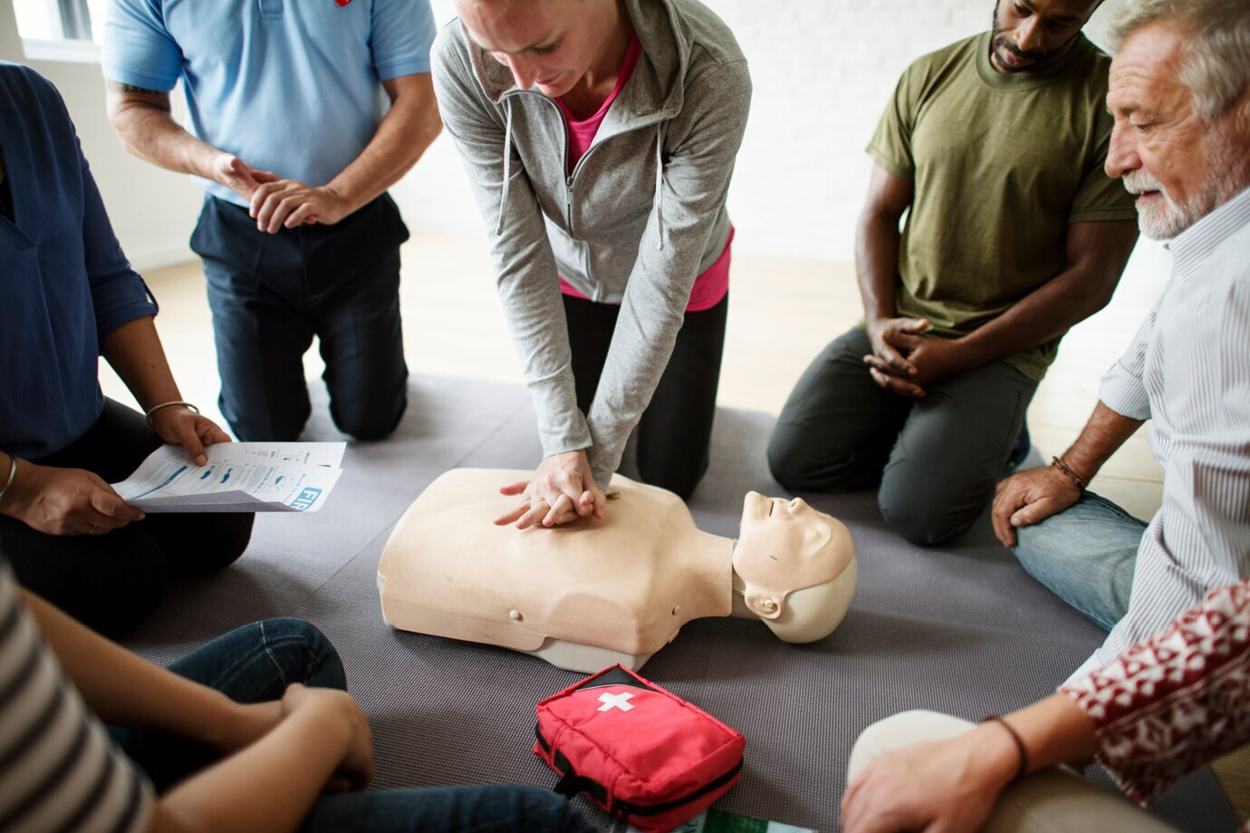CPR and AED: A Step-by-Step Guide
Learning CPR could mean the difference between life and death for someone experiencing cardiac arrest. Make it a priority to learn CPR this National CPR and AED Awareness Week.
CPR maintains blood flow to the brain and other organs until emergency medical services arrive. According to the American Heart Association, effective CPR can double or triple a person's chance of survival.
CPR Steps for Adults:
-
Check responsiveness: Tap the person's shoulder and ask loudly if they're okay.
-
Call for help: Ask someone to call 911 and find an AED.
-
Begin chest compressions:
-
Position yourself next to the person's chest
-
Place the heel of one hand on the center of the chest, between the nipples
-
Place your other hand on top and interlock your fingers
-
Keep your arms straight and position your shoulders directly over your hands
-
Push hard and fast at a rate of 100-120 compressions per minute
-
Allow the chest to fully recoil between compressions
-
Compress at least 2 inches deep
-
Rescue breaths:
-
After 30 compressions, give 2 rescue breaths
-
Tilt the head back slightly and lift the chin
-
Pinch the nose and create a seal over the mouth
-
Blow in for about 1 second to make the chest rise
-
Give a second breath and return to compressions
CPR for Children:
-
Check responsiveness and call for help: If alone, perform CPR for 2 minutes before calling 911.
-
Chest compressions:
-
Use one or two hands, depending on the child's size
-
Compress about 2 inches deep
-
Maintain a rate of 100-120 compressions per minute
-
Rescue breaths: Give 2 breaths after every 30 compressions.
CPR for Infants:
-
Check responsiveness: Tap the foot and watch for a response.
-
Chest compressions:
-
Use two fingers in the center of the chest, just below the nipple line
-
Compress about 1.5 inches deep
-
Maintain a rate of 100-120 compressions per minute
-
Rescue breaths: Cover both the nose and mouth with your mouth and give gentle breaths.
When CPR starts within the first few minutes of cardiac arrest, survival rates can increase significantly. Each trained person represents another chance for someone experiencing cardiac arrest to receive immediate, potentially life-saving care.
At East End Health & Imaging Center, we believe in empowering our community with knowledge that saves lives. Contact our team at East End Imaging today by calling (631) 998-2500 to learn more about CPR certification opportunities or to schedule an appointment for cardiac imaging.

